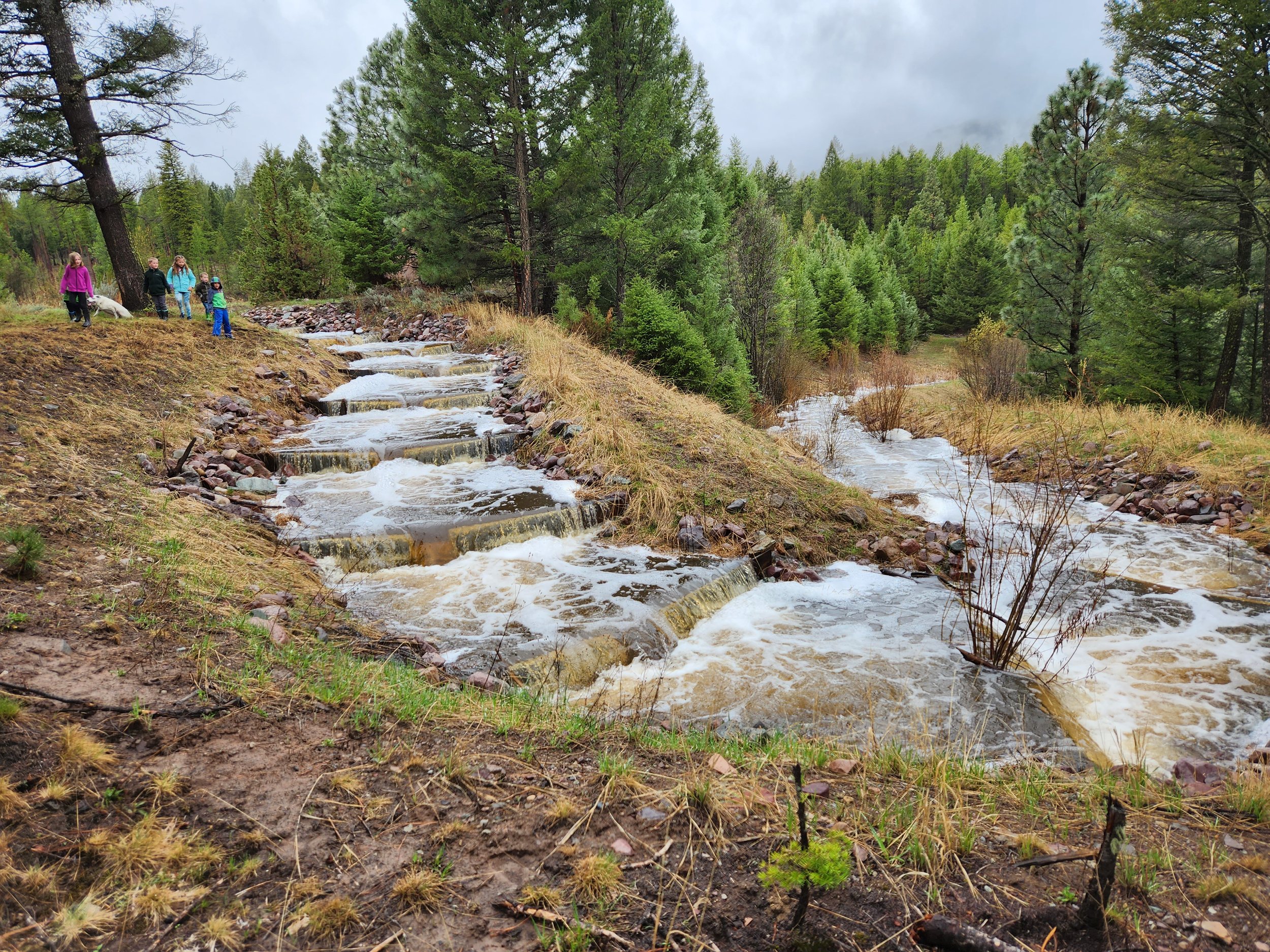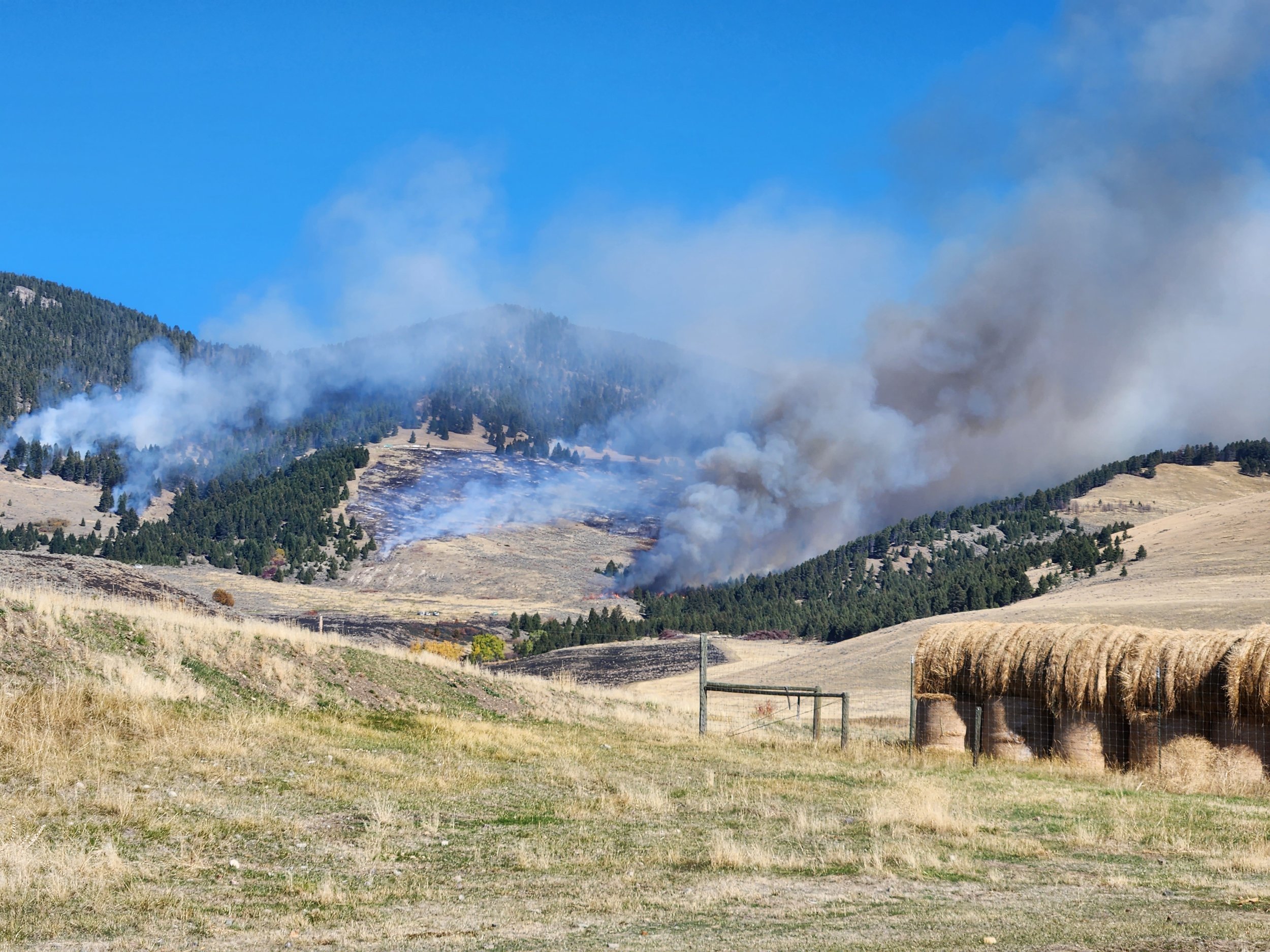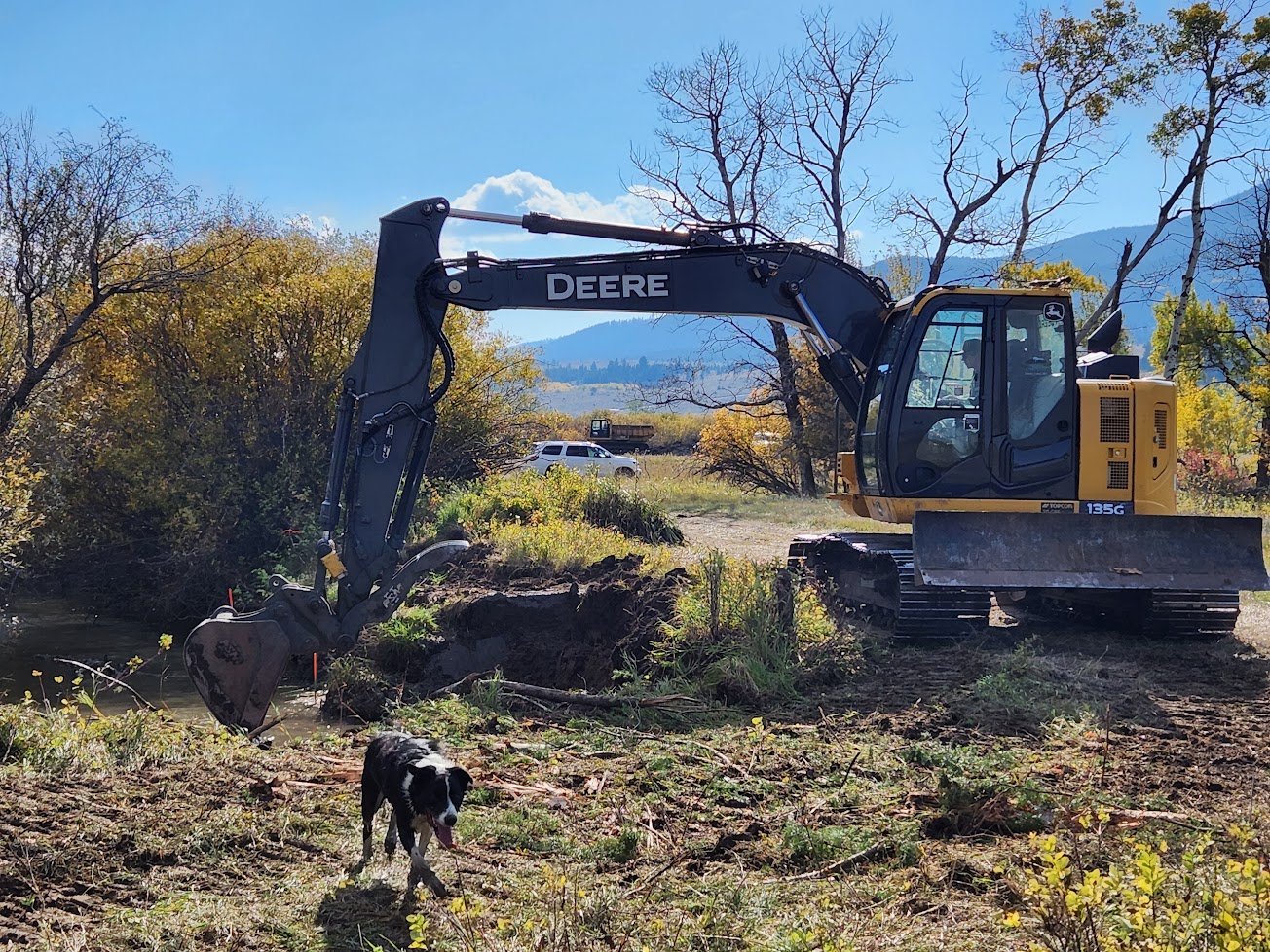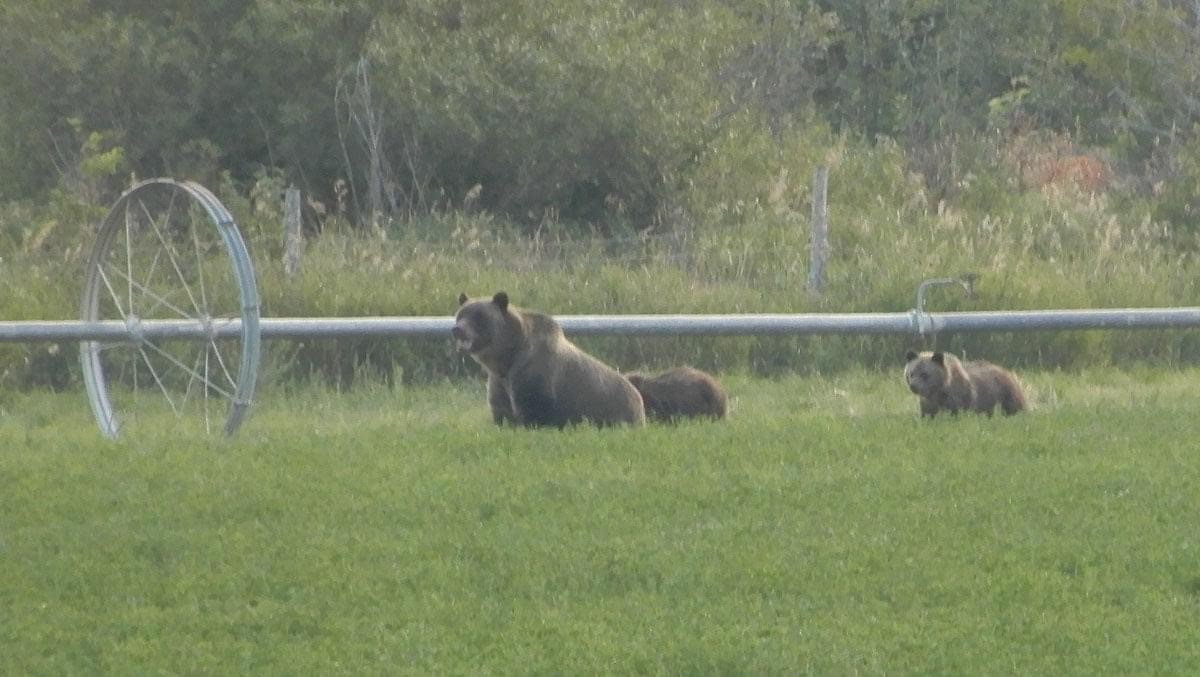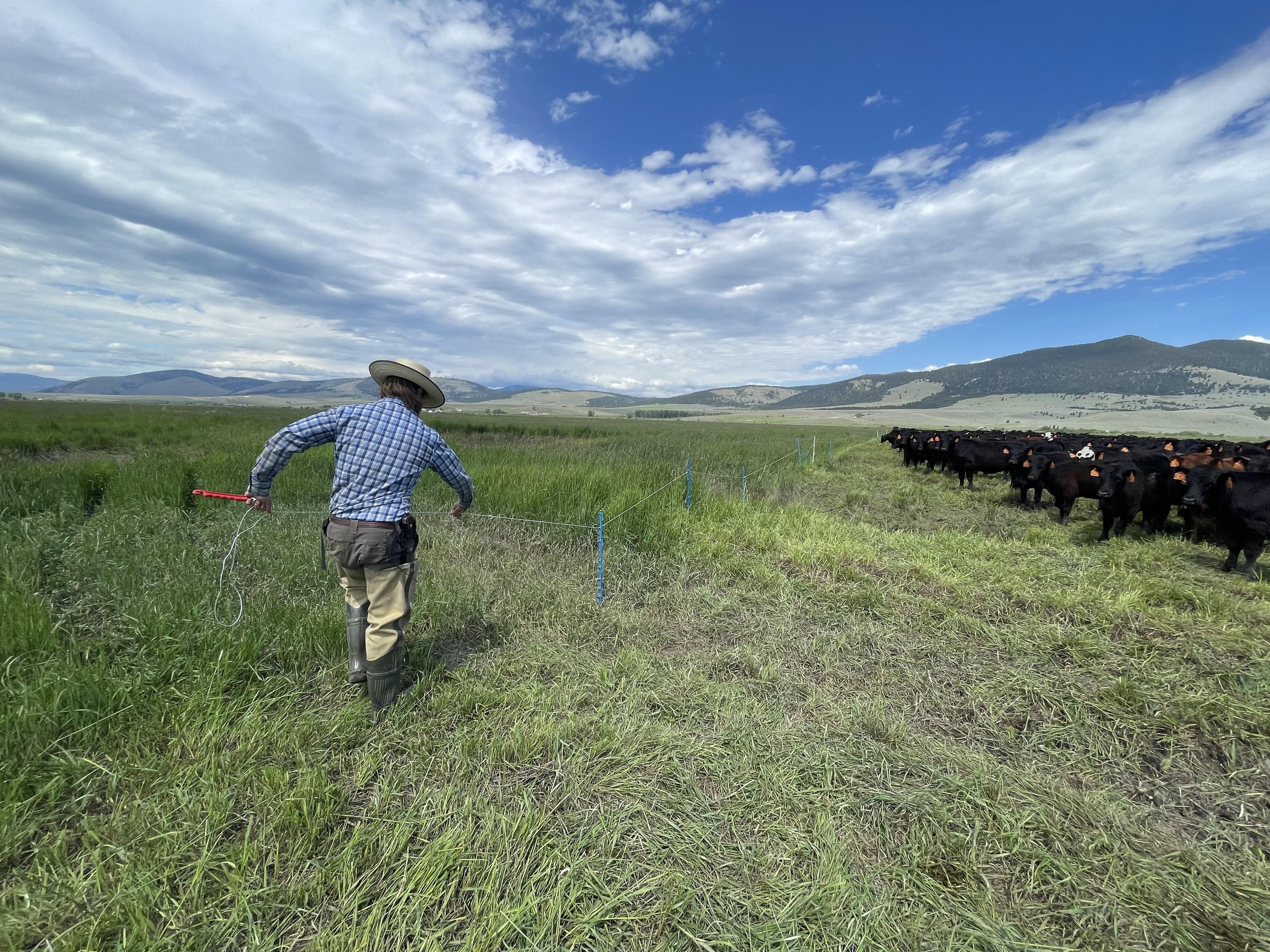Why You Should Care About Ranch Profitability
In recent years, through conservation and education groups, we’ve had the opportunity to host quite a few people on tours of the ranch. One of the common questions that I hear, especially from the conservation community, is in one form or another, “how do we encourage more ranchers to adopt more sustainable production practices or take on conservation efforts?”
Let’s set aside for a second the fact that I think they may be underestimating the number of producers who are doing a pretty good job of sustainably managing their resources, and that we on the Mannix Ranch may be wrong about what we personally happen to think are the “best” or “most sustainable” practices. However that being said, one of the first answers I often give is that the conservation community, customers, and society in general needs to care about the economic sustainability of ranches if they want ranchers to care more about, or take more actions towards, environmental sustainability and wildlife conservation.
One thing I learned about in my training to be a teacher, and something that I saw play out time and again with students, is Maslow’s Hierarchy of Needs. At risk of oversimplifying the idea, some needs are more basic and urgent than others. It is tough to move up the hierarchy towards higher order desires like “esteem” and “self-actualization” if more basic needs such as income, health, safety, and relationships aren’t met first. It is tough to focus on putting your best effort into Mr. Mannix’s Biology project if you have to help your parent who has to work three jobs, or you’re hungry, or homeless, or have an unstable home life. It is tough to ask someone in a third world country making a dollar or two per day to conserve the rain forest or combat climate change.
I think we see a similar thing play out often right now in ranching. I don’t mean to compare most ranchers to someone living on a few dollars a day, but I think I see many ranches that aren’t adequately meeting those lower levels of the pyramid. Many are not profitable and are surviving by barely paying for family labor, or by slowly draining the equity they have in their valuable (and treasured) land base, or by subsidizing their ranch with off ranch income and working it in their “free time". Even many of the profitable ones are often in part achieving it by working so many hours that friendships and family relationships can suffer.
I think that the vast majority of ranchers out there care deeply about the health and sustainability of their land, but I think that stream restoration projects, sage grouse nesting habitat, grizzly bear conflict mitigation, soil health building grazing experiments, and similar conservation efforts are closer to self actualization and the higher levels of the pyramid than they are to survival and safety. And it can be hard to hear from someone making much more than you while working much less that you aren’t doing enough to take care of the fish, the wolves, or the climate.
When you are struggling just to pay the bills for one more year, or struggling to hold your relationships together with the long hours, It isn’t hard to see how new partnerships and experiments with your production methods can feel more like threats than opportunities. All these things take time, and time is maybe the single biggest thing that many ranchers lack.
I think one of the greatest gifts that my generation on the Mannix Ranch has received from earlier generations has been that we’ve been modestly economical profitable, and are in a sound financial position. That has allowed us the time and freedom to dream a little, and experiment more, and also tackle more “self actualization” projects like the fish ladders, controlled burns, and biological weed control, and other efforts shown in the pictures below. And it becomes a virtuous cycle. A little profitability makes coming back to the ranch seem possible, and previous conservation successes can make it feel inspiring. Together that can attract more of the next generation back, which in turn brings fresh energy, more new ideas, and more boots on the ground to put those ideas in practice.
Its also probably worth stating that I acknowledge more money and profits in an industry certainly doesn’t guarantee more sustainability, and I’m not suggesting that just more money flowing generally to the beef industry would lead to better environmental outcomes. But good land management can take more time and money, and a steak raised on land that is improving does not equal one raised on land that is degrading. Maybe we can find creative ways to reward good management, and to return a little more of the consumer dollar to the producer.
Governments and conservation groups can continue to support, or increase support for conservation related programs such as EQUIP and the Conservation Stewardship Program. USFW and conservation groups can help pay for conservation easements, for carcass pickup programs, and predator mitigation efforts. They can help fund off-stream water development, fish screens, fencing, water, and irrigation infrastructure if it helps lead to better grazing or conservation outcomes. Maybe we can find ways to to effectively pay ranches for “ecosystem services” such as wildlife habitat or carbon sequestration.
And of course we can create a regenerative marketplace. We can develop relationships between consumers and producers, a community willing to support producers they trust, and pay a bit of a premium for meat raised in ways that promote additional values such as open space, stream health, wildlife habitat, soil health, carbon sequestration, and human health.
For one more tangible example of this playing out, when we were approached about leaving more irrigation water in the tiny Wasson creek to improve fish spawning habitat, we were initially hesitant to give up our water right and the associated production. However we were able to enter into a water rights lease, and were given access to graze or hay a number of acres on a neighboring conservation property. Together the extra production and the money from the lease more than offset any income lost. We were not just made whole, we were financially better off after the project. It helped us build relationships with some amazing people in the conservation community who have continued to be great resources to us, and helped give us the confidence to engage in many more projects in the years since. Here’s to finding more Win/Win’s out there.
Learn more about the Wasson creek project in the video below.


